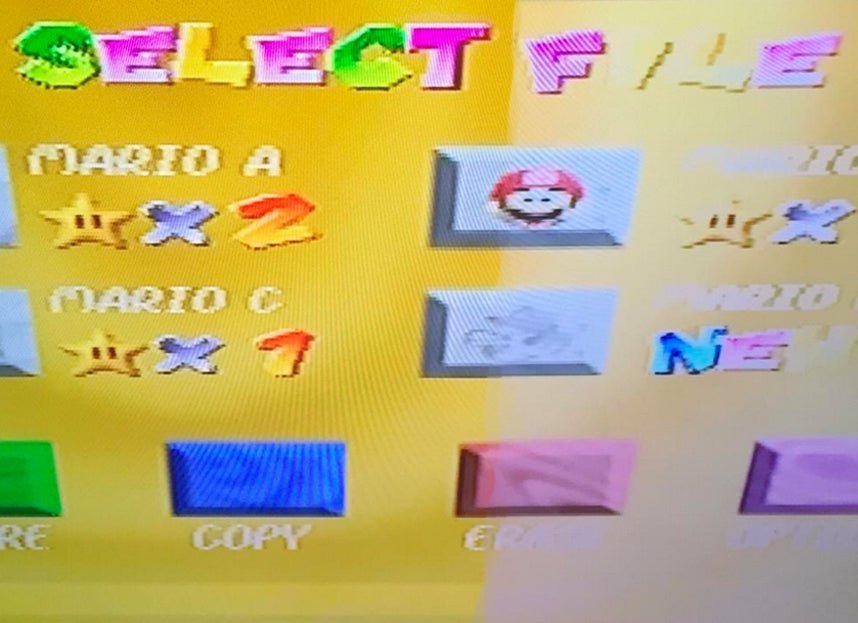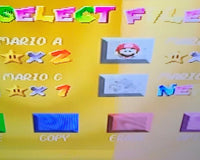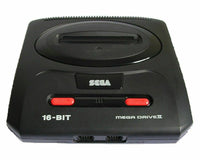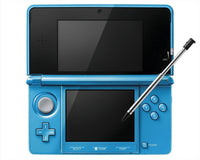Washed out image, too bright, terrible quality picture on your PAL console? No display? Learn why not all cables are made equal and how to identify a good one.
Is my TV incompatible? - My console must be broken - It must be too old for a modern TV.
These are all common assumptions when you find that your Nintendo console is displaying a super bright and almost unusable picture on your TV, but for owners of a PAL console, the issue usually lies with the AV cable.
Build quality
Whilst not the most vital point for PAL consoles, it is still worth a mention, build quality of a cable can affect quality but more often than not reliability. The cheapest built cables are far more likely to display no picture at all, causing you to panic that your console must be broken. If you cannot get a picture to display it is always best to try another lead if possible before concluding your console needs to be repaired or replaced.
The cause of the problem is quite simple, the cheapest cables are often ones made from the least amount of materials which are also of a low quality grade. The cheapest cables will usually have only a few strands of metal running through the plastic shielding, the thinner the wire the more fragile it is. When the wire is very thin it only takes a small amout of internal breaks in the cable for it to fail. Picture and audio quality can also be affected by thin wire but it is marginal, the main issue is reliability.
The quality of the outer insulating plastic is also typically lower on a cheaper cable, it can normally be identified by the dull colour it exhibits, which is usually caused by low grade or recycled plastic materials. Low quality plastic shielding can go brittle and be more susceptible to damage. Check the yellow and red connector colour specifically, if the yellow and red colour appear to be dull then the cable is likely to be of the lower quality variety.
Resistors
The key to getting a good picture on your PAL Nintendo retro console comes down to more than just the wire thickness, the most important single thing is that the cable should have a 75 ohm resistor inside between the video signal and ground to correct the brightness for PAL consoles. Most cables on the market do not have a resistor inside, which is fine for NTSC consoles mostly used in the USA & Canada, but no good for PAL consoles mostly used in Europe, Australian and New Zealand.
How to find a good quality PAL compatible cable
Unfortunately you cannot physically see if the cable has the resistor inside the connector casing, both NTSC and PAL cables look roughly the same from the outside, so the only way to get the right cable is to purchase one specifically marketed and sold as a PAL cable or one which is marketed as having a 75 ohm resistor. Check the product images for the colour of the cable, avoid cables where the plastic looks dull and faded, this is usually a sign of lower grade manufacturing materials.
You can find our PAL compatible AV cable for Nintendo Snes, Gamecube & N64 here.











